Foot Care
Inspect your feet every day, and seek care early if you do get a foot injury. Make sure your health care provider checks your feet at least once a year – more often if you have foot problems. Your health care provider should also give you a list and explain the do’s and don’ts of foot care.
Most people can prevent any serious foot problem by following some simple steps. So let’s begin taking care of your feet today.
Prevention

Your health care provider should perform a complete foot exam at least annually – more often if you have foot problems.
Remember to take off your socks and shoes while you wait for your physical examination.
Call or see your health care provider if you have cuts or breaks in the skin, or have an ingrown nail. Also, tell your health care provider if your foot changes color, shape, or just feels different (for example, becomes less sensitive or hurts).
If you have corns or calluses, your health care provider can trim them for you. Your health care provider can also trim your toenails if you cannot do so safely.
Because people with diabetes are more prone to foot problems, a foot care specialist may be on your health care team.
Caring for Your Feet
There are many things you can do to keep your feet healthy.
1. Take care of your diabetes. Work with your health care team to keep your blood glucose in your target range.

2. Check your feet every day. Look at your bare feet for red spots, cuts, swelling, and blisters. If you cannot see the bottoms of your feet, use a mirror or ask someone for help.

3. Be more active. Plan your physical activity program with your health team.

4. Ask your doctor about special diabetic shoes and orthotics.
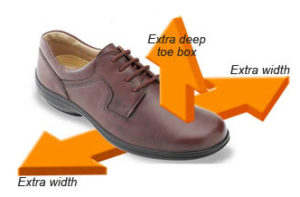
5. Wash your feet every day. Dry them carefully, especially between the toes.
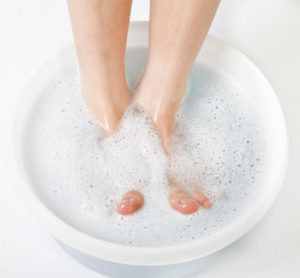
6. Keep your skin soft and smooth. Rub a thin coat of skin lotion over the tops and bottoms of your feet, but not between your toes.
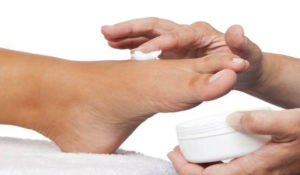
7. If you can see and reach your toenails, trim them when needed. Trim your toenails straight across and file the edges with an emery board or nail file.
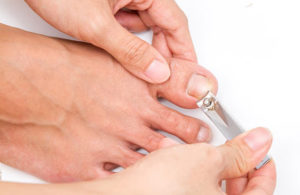
8. Wear shoes and socks at all times. Never walk barefoot. Wear comfortable shoes that fit well and protect your feet. Check inside your shoes before wearing them. Make sure the lining is smooth and there are no objects inside.
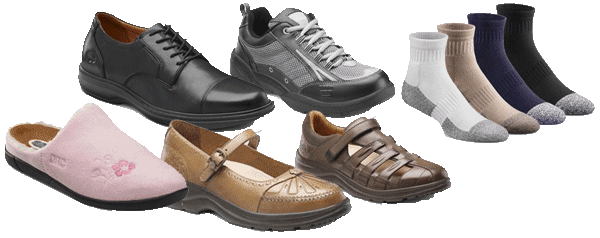
9. Protect your feet from hot and cold. Wear shoes at the beach or on hot pavement. Don’t put your feet into hot water. Test water before putting your feet in it just as you would before bathing a baby. Never use hot water bottles, heating pads, or electric blankets. You can burn your feet without realizing it. The water should be tepid, from 27°C (80°F) to 36°C (97°F).
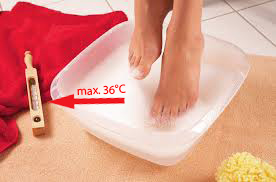
10. Keep the blood flowing to your feet. Put your feet up when sitting. Wiggle your toes and move your ankles up and down for 5 minutes, two (2) or three (3) times a day. Don’t cross your legs for long periods of time. Don’t smoke.

11. Get started now. Begin taking good care of your feet today. Set a time every day to check your feet.
